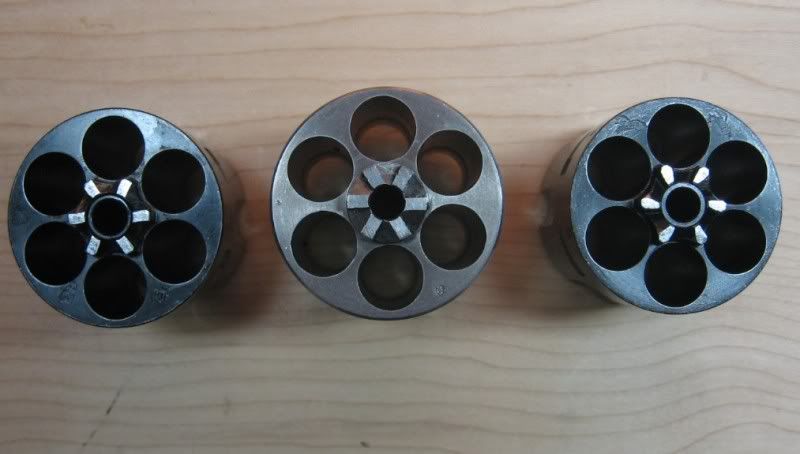LivewireBlanco
New member
...not safe to load 45 Colt over 14,000 psi? I have a Uberti SAA and it has both a 45 Colt cylinder and 45 ACP cylinder. If 45 ACP is rated at 21,000 why can't I load 45 Colt up to 21,000 and it be safe to shoot? I've tried to find a simple answer but I haven't found one yet.

